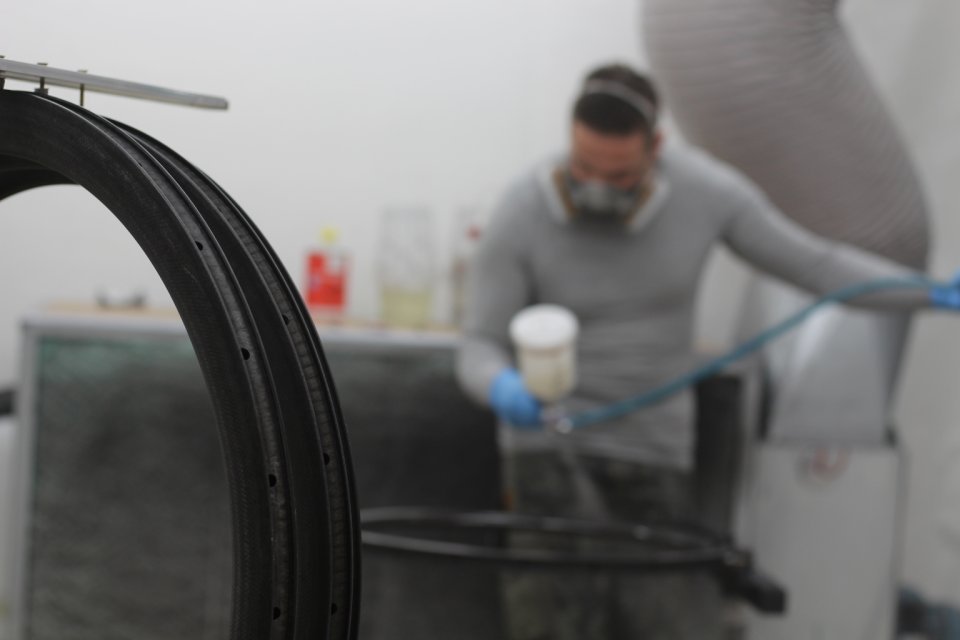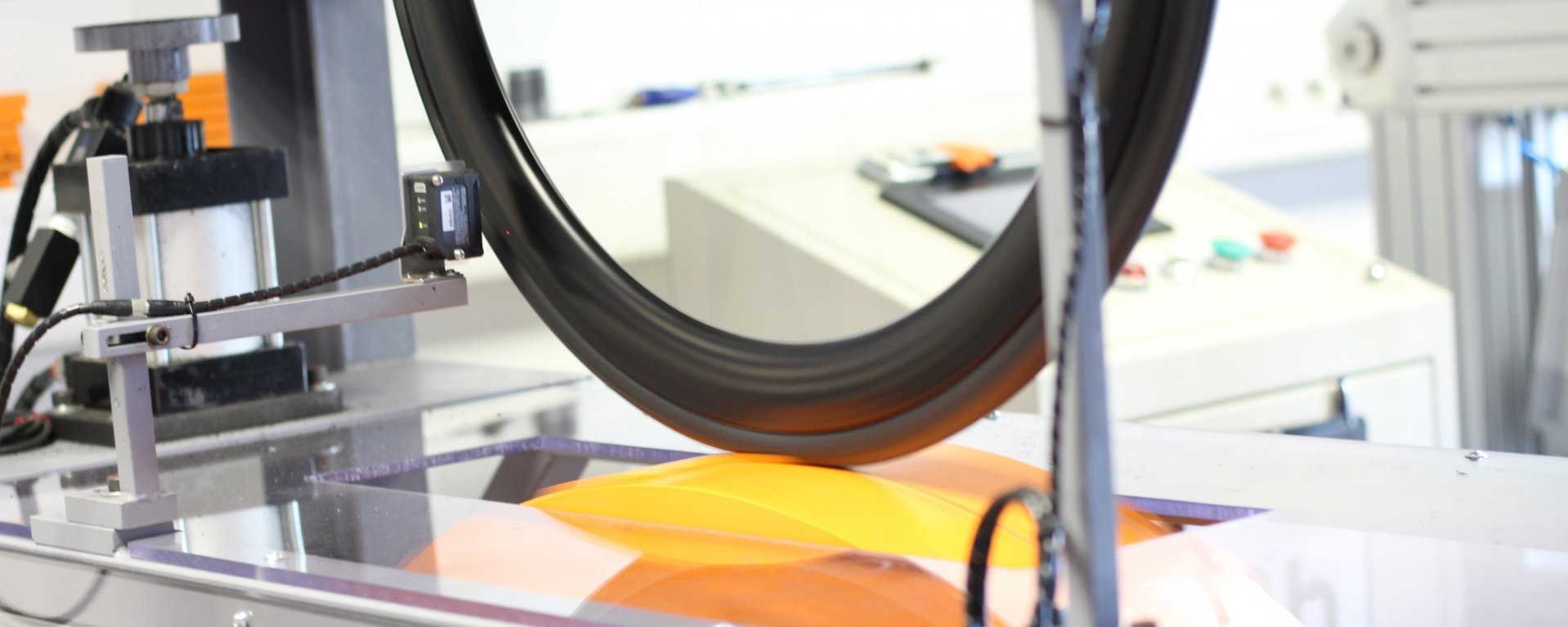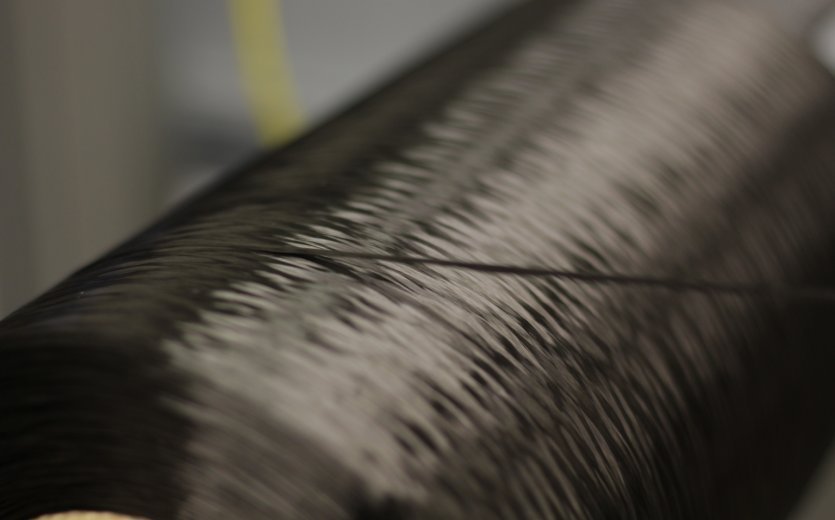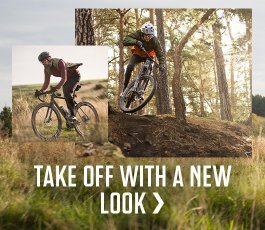1370 g and made in Germany: the bc Flechtwerk Carbon Road wheelset
Carbon fibre braided rims, precisely manufactured hubs and made in Germany. This is the bc Flechtwerk.
Carbon fibre braided rims, precisely manufactured hubs and everything made in Germany are the three characteristics that make our new bc Flechtwerk wheelset shine. Our goal was to create wheels of high quality at a fair price. The 1370 g total weight and German engineering speak for themselves.
The facts
| Wheelset | |
|---|---|
| Manufacturer | bike-components (bc) |
| Series | Flechtwerk |
| Weight | 1370 g |
| Rim Material | carbon fibre |
| Tyre Type | clincher |
| Number of Spokes | 20 (front), 24 (rear) |
| Brake Type | rim |
| Tubeless System | none |
| Max. Rider Weight | 100 kg |
| Freehub | Shimano 8-/9-/10-/11-speed compatible, aluminium, 20 tooth ratchet system (18° release angle) |
| Rear Axle Standard | QR 10x130 mm |
| Front Axle Standard | QR 9x100 mm |

Lightweight for the steepest climbs.

Durable for less than perfect roads.
As an online shop, why did we decide to maufacture a carbon wheelset?
Like many great ideas in the cycling world, this one came to us over a beer at last year’s Eurobike. After discussing what customers were going to be looking for in a wheelset in the upcoming season, it occurred to us that none of the typical manufacturers where producing a carbon wheelset that was lightweight, top quality and cost under 1000 €. So we thought to ourselves, “Someone needs to do this.”
Our requirements for Flechtwerk
- carbon fibre rim
- lightweight
- durable freehub
- high quality
- developed and produced in Germany

The rims can be ridden with clincher tyres.
The rim
Of course, the rim had to be carbon so that the wheels would be lightweight and accelerate quickly. However, our objective was to realise the Flechtwerk project at a fair price, without using cheap, unknown or questionable manufactures.
Christian Grasmann, from the bc sponsored Maloja Pushbikers track team, put us in contact with Munich Composites, a carbon fibre specialist that has the same passion for bicycles that we do. So we ran with the idea, and ended up with a manufacturer that could produce a German made, machine braided carbon fibre rim for our wheelset. With this we were able to check off the first requirement from our list.
The bc Flechtwerk wheelset symbolises our character and passion for excellent technology coupled with subtle looks. A true wolf in sheep's clothing.
The hubs
We were pumped about the rim and we knew it would be really great, if we could get hubs that are made in Germany as well. Here, we immediately thought of our good friends at MG Components, who construct and finish their hubs themselves. Now, we were on the right track to producing a German made wheelset.
The spokes
When it came to the rim and hubs, everything went smoothly, but as soon as we got to spokes, things started to get a little surly. You can look far and wide and we promise you will not find a German spoke manufacturer. So we decided to go with DT Swiss. To be honest, when it comes down to Swiss precision and quality, DT meets the highest of standards. We didn’t skimp on anything here either.
The wheel build
The wheels are hand laced by a renowned Dutch wheel builder.
Flechtwerk production
A machine braided carbon fibre rim offers a more consistent level of production quality when compared to one made by hand. The carbon fibres are all braided at the exact same angle and the rim joint is reinforced. Under high pressure, the resin is pumped into the braided fibres and the hardening process takes place at a very high temperature.
Rim production
Before the fibres can be installed on the braiding machine, they are spooled from the larger production rolls onto the smaller machine ones. After setting up the 36 fibre spools, the ‘Stargate’ begins to work its magic. Due to the fact that the construction of the braiding machine is one of Munich Composites highly kept secrets, we can only show you how a hockey stick is produced. The core is fed through the centre of the machine at a constant speed with each fibre being braided at the exact same angle. This ensures that every fibre is weaved the same as every other one on the rim. At the valve hole, the rim is braided multiple times to make it more stable while eliminating a rim joint. Due to this production process, the rim is consistent and stable at all points.
When the braiding process is done, the rim is laid into a mould. Under pressure and heat, the resin is pumped into the rim. The construction of the mould guarantees an even distribution and proper curing of the materials.
Now, the rim heads into the finishing process. The core is removed first, which also saves weight. After, the spoke and rim holes are drilled automatically by a robot.
The last step is painting. Here, we only use a clear coat so that the braided structure can really shine. This is fitting, as ‘Flechtwerk’ is the German word for braided goods. After a final quality control, the rim is ready to be laced up.

A clear coat is applied to make it pop and protect it from the elements.

The last visual check.
Hub production
MG Components. Hailing from southern Germany, the founders Michi Grätz and Fabian Merz, are no newcomers to the cycling industry and they are very versed in their trade. Engineered in one building and manufactured in another across the street, these hubs’ precision is what sets them apart. For example, all the bearings are pressed by hand. This is an important, step because if a machine does it, fault tolerances in the bearings cannot be identified. A trained individual can recognize a mistake like this immediately and prevent the hub / bearings from continuing on in the production process. This kind of quality control ensures that the bearings are pressed perfectly and increases the hubs’ durability.
The freehub is set up with a ratchet system that consists of two 20-tooth ratchets, pressed together by two springs. The number of teeth provide a permanent and even power transfer. To adjust the axial bearing play, the hubs use Tolerance Adjustment Caps. They are easy to use, making bearing adjustment headache free. The freehub bodies are also produced by the mechanical engineering company next door to MG Components facilities. This allows any problems or incorrect tolerances to be discussed and eliminated before anything leaves production.
Quality control
Our bc Flechtwerk wheels haven’t just proven themselves during our road rides. We put them through a series of rigours tests as well, to make sure they will last.
Wheel fatigue test
This test simulates what kind of forces the wheels experiences on the road. Along with the rider weight and speed, standardized impacts can be set. Our wheelset was tested with the following values:
4,400,000 impacts all at a height of 4.7 mm.
Things that could have gone wrong, but didn’t:
- hub flange failure
- axle failure
- spoke or nipple failure
- spoke pull our
- rim cracks
- loosening of spokes

The wheel just did not want to break!
Drive fatigue test
This test is there to answer the question: when does the freehub reach its mechanical limits? First, the wheel is installed into a rocker arm and is secured with a belt. Then, weights are added to simulate max rider weight. The last step includes mounting a lever to the freehub, which reproduces the forces the average cyclist puts on it while pedalling. The hub, spokes and rim must go through 120,000 cycles to pass this test.

Flechtwerk had no problem passing this test.

The freehub easily withstood the forces from the lever.
Rim impact test
Here, an impact to the rim flange is recreated. The impact angle is set to 20 degrees, which comes the closet to real conditions on the road.

After impact, the rim flange remained undamaged.

-
While working on this project, we had a lot of fun. Now we wait to see how the Flechtwerk wheelset will be received by you, our customers.
I need a road wheelset to transfer the
power my legs put out onto the pavement.
Flechtwerk does just that.
So if you’re looking for new wheels, you can stop searching. We stand 100 % behind the technology, our partners and the product. Find out for yourself.

Stefan killing it on the Flechtwerk wheelset.














































